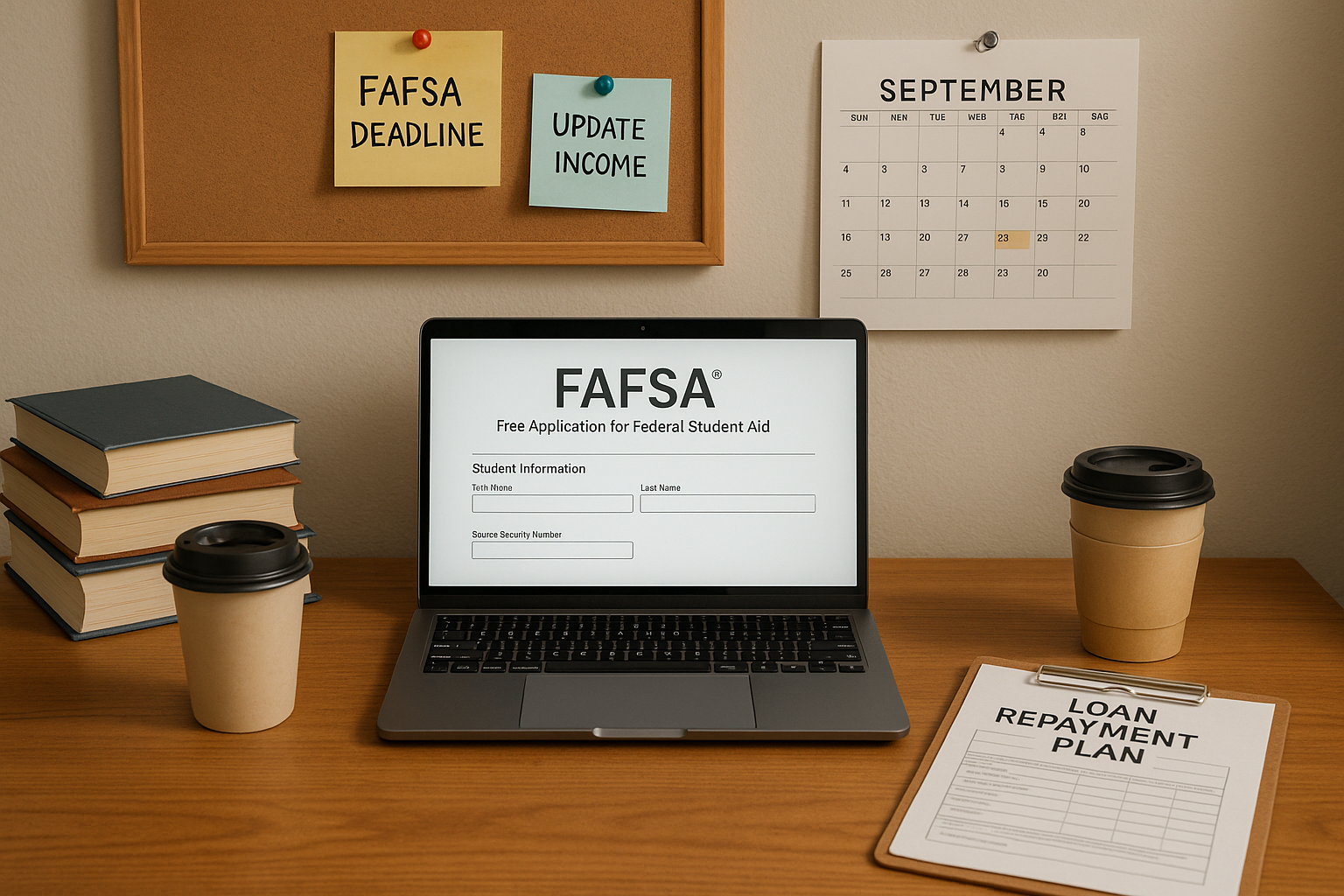
In recent months, U.S. consumers have shifted their borrowing habits. While demand for auto loans, mortgages, and personal loans is rising, credit card applications have surprisingly slowed. It’s a trend that reflects both financial caution and changing priorities.
Loans on the Rise, Credit Cards on Pause
Data from national credit bureaus show that:
- Auto loans, mortgages, and personal loans have seen steady increases.
- Credit card applications, however, have dropped compared to previous years.
This shift suggests that while consumers still need financing for large purchases and emergencies, they’re becoming more selective about revolving credit.
Why Are Consumers Pulling Back?
Several key factors explain the slowdown in new card openings:
- Debt Payoff Priorities
Many Americans are focused on paying down existing debt, especially high-interest credit card balances. Economic uncertainty has pushed families to reduce financial liabilities. - Cautious Borrowing Behavior
With interest rates still elevated and inflation impacting daily expenses, consumers are thinking twice before adding another card to their wallets. They’re weighing necessity over convenience. - Credit Score Awareness
More borrowers now understand how opening multiple accounts can affect their credit scores. A growing trend in financial literacy means people are making more informed decisions.
What You Can Do to Stay Financially Strong
Even if you’re using fewer credit cards, or avoiding new ones altogether, you can still build and maintain a healthy financial profile:
- Pay Down High-Interest Cards First
Focus on clearing balances that carry the highest interest rates to save money over time. - Keep Credit Utilization Below 30%
This means using no more than 30% of your available credit limit. It’s a key factor in maintaining a good credit score. - Open New Cards Wisely
Consider your reasons carefully, whether it’s for rewards, lower interest rates, or building credit. Only apply when it aligns with your financial goals.
Final Thought
Staying informed about credit trends can help you make smarter financial choices. Whether you’re a U.S. citizen or an immigrant building your financial future, cautious borrowing and responsible card usage are always in style.
Don’t forget to follow our blog! We regularly share powerful tips that can make a real difference in your financial planning journey.
And last, but not least: Ask Gabi, the “judgment free zone” for all of your financial questions!
Talk to Gabi here, for IOS users. And here, for Android users.
Stay tuned! We got you!







